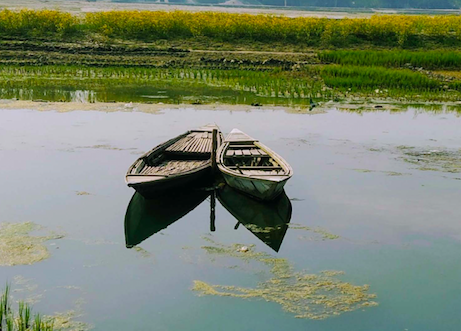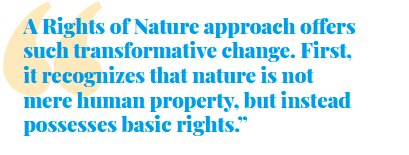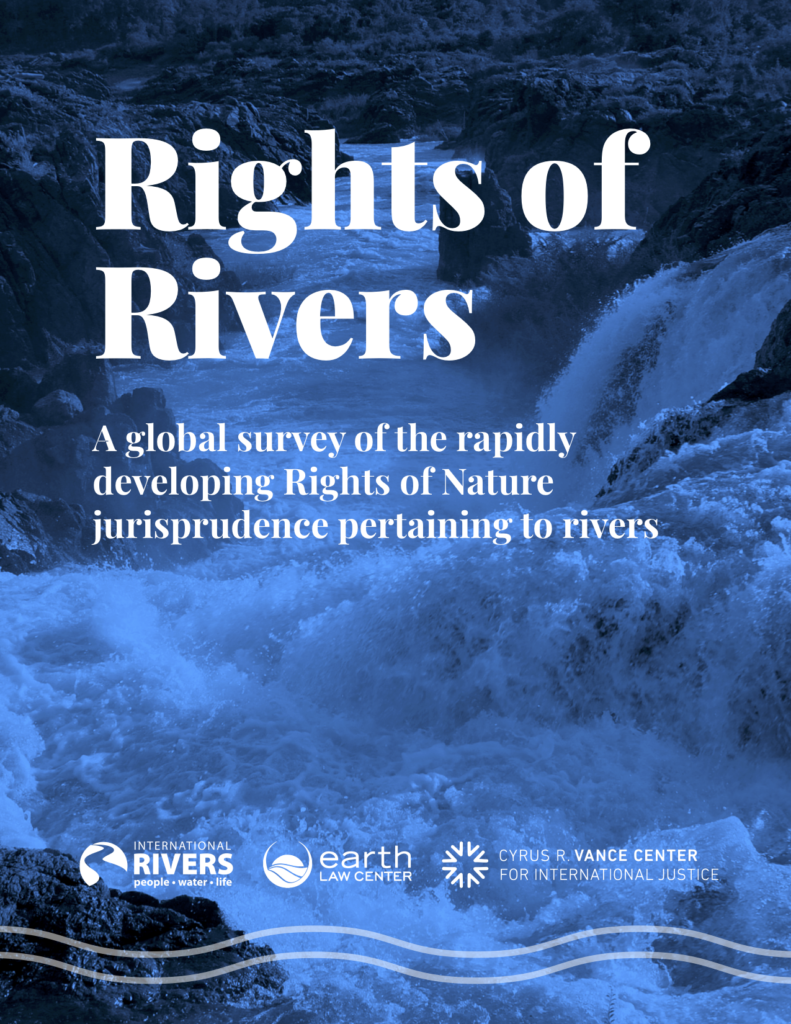A global survey of the rapidly developing Rights of Nature jurisprudence pertaining to rivers
Background
A new report by the Cyrus R. Vance Center for International Justice, Earth Law Center, and International Rivers finds that a movement to grant legal rights to rivers and nature is rapidly gaining momentum globally. The report examines how the ancient notion that nature possesses basic rights is being adopted in laws from New Zealand to Colombia.

Photo courtesy of Asif Rahman (Unsplash).
The momentum is growing as a response to mounting global threats to rivers and freshwater ecosystems. One million animal and plant species are at risk of extinction. A majority of the world’s longest rivers have been dammed, fragmented, and/or polluted with alarming consequences for human rights, local economies, and the environment. And the world is reaching a ‘critical point of no return’ on climate change.
“The laws we have are not rising to the threats we face. Legal structures that treat rivers and nature as an object for human exploitation are enabling today’s crises. A Rights of Nature approach offers transformative change at a time where it could not be needed more.”
– Monti Aguirre, Latin America Coordinator at International Rivers.
Case Studies
In New Zealand, the Indigenous Māori succeeded in securing recognition of the sacred Whanganui River as a legal person. This after more than a century of challenging the colonial government to reduce its negative impacts on the river.

In India, the High Court of Uttarakhand, too, recognized the legal personhood of the River Ganga and Yamuna for the “physical and spiritual sustenance to all of us for time immemorial.” A powerful precedent, in spite of the subsequent overruling in India’s Supreme Court.
And in Colombia, a Constitutional Court ruling found that the heavy pollution of the Atrato River didn’t just violate the rights of the many Indigenous and Afro-American communities that depend upon it, but the rights of the river itself.
The Report

The report surveys just how these rights are enshrined. In some cases they are grounded in Indigenous jurisprudence and treaty rights. In others, they are enacted as constitutional rights, encoded within national laws, or passed as executive actions. In yet others, they are taken-up in local ordinances in response to federal inaction. The report then examines the efficacy of these approaches to the extent possible, given the newness of these decisions and the relative infancy of the global movement.
More Information
For more on the Universal Declaration of the Rights of Rivers, visit www.RightsOfRivers.org.
Executive Summaries
Curriculum
A two day curriculum for community campaigners which guide participants through developing a shared understanding of the basic principles of the rights of nature and rights of rivers and how they are being applied
around the world.
Watch the Webinar Launch
In this webinar from October 13 2020, a panel of experts on the Rights of Rivers explore how several communities have successfully fought to secure legal rights for their rivers, and how we can support similar movements around the world. Speakers include Gerrard Chairperson of the Nga Tangata Tiaki o Whanganui Trust, New Zealand Jorge Iván Palacio, lawyer and jurist, former president of the Colombian Constitutional Court, Shrishtee Bajpai, activist and researcher at the organization Kalpavriksh in India, Felipe Clavijo-Ospina, former Law Clerk at the Constitutional Court of Colombia, Grant Wilson, Executive Director of Earth Law Center, Sam Bookman, Fellow at the Vance Center for International Justice and Monti Aguirre, International Rivers Latin America Program Coordinator. Watch in Spanish here.
